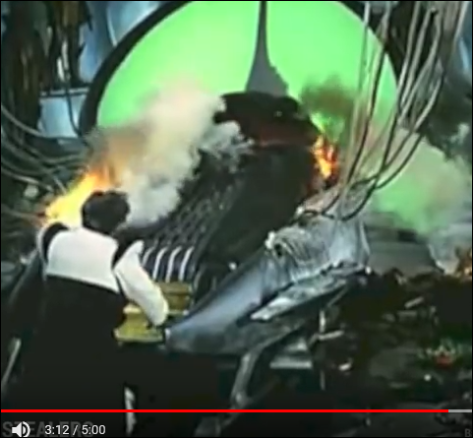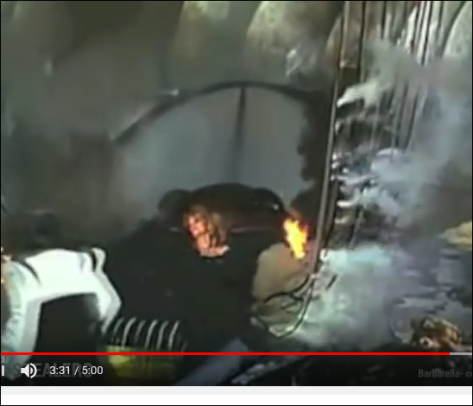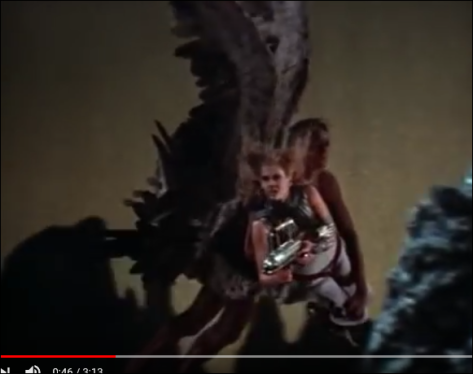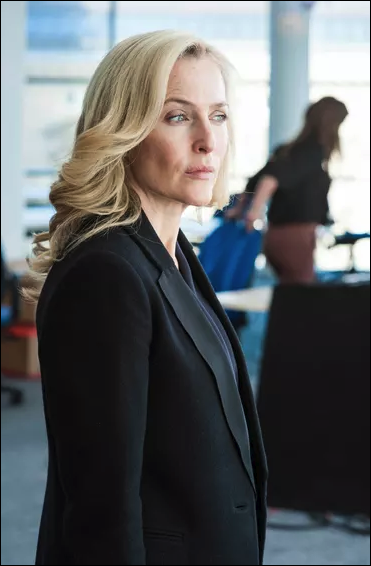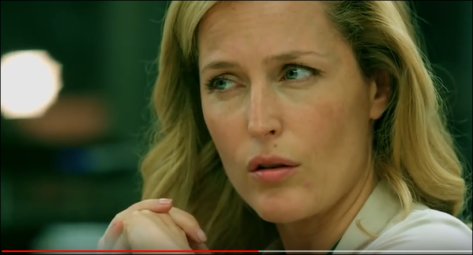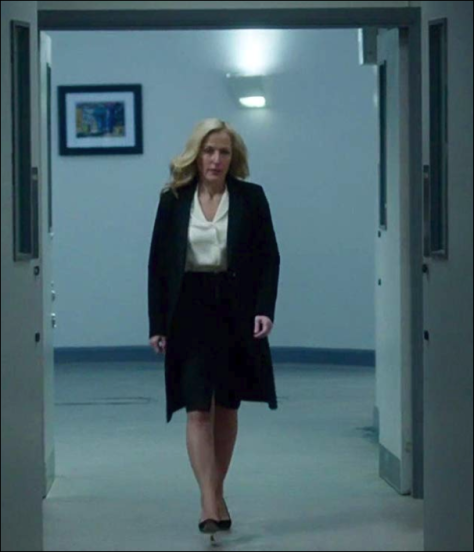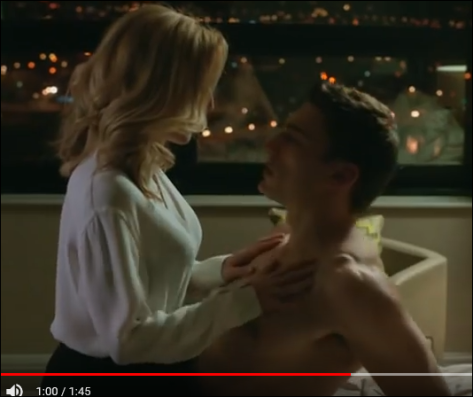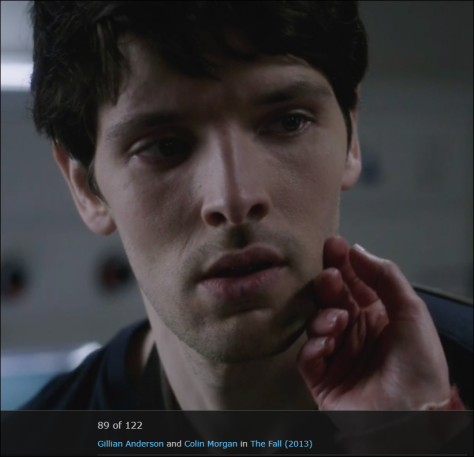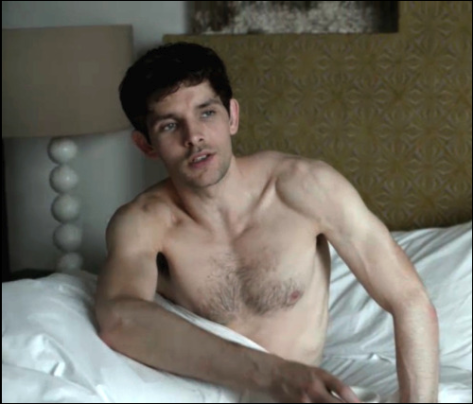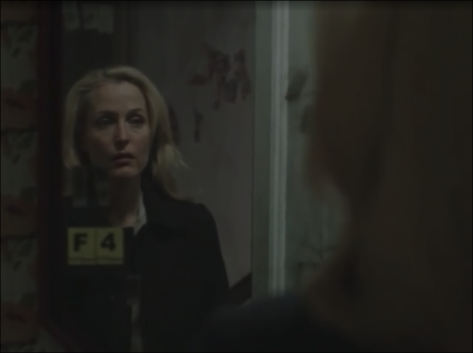Introduction
For my Oppositional Blog post, I chose to look through the oppositional lens from several perspectives: the perspective of the movie ‘Contact” and how it’s creators came to it’s final form, the oppositional presentation of the lead character Ellie Alloway ( relative to cultural norms at the time)`, from my oppositional gaze in being a non-traditional scientist during the same time frame, and also from an oppositonal gaze from today, and what the film portrays and embodies for women in general, and women scientists in particular.
The movie “Contact” (1997) with Jodie Foster as Eleanor ” Ellie” Arroway, an astrophysicist who focuses on the Search for Extraterrestial Intelligence (SETI, is one of my all time favorite movie. It has a strong feminist lead, science, science fiction, and an overt tension between the themes of “science” and “religion”. Matthew McConaughey plays Palmer Ross, a “man of the cloth”, and an advocate for faith in God, based on his personal experiences.
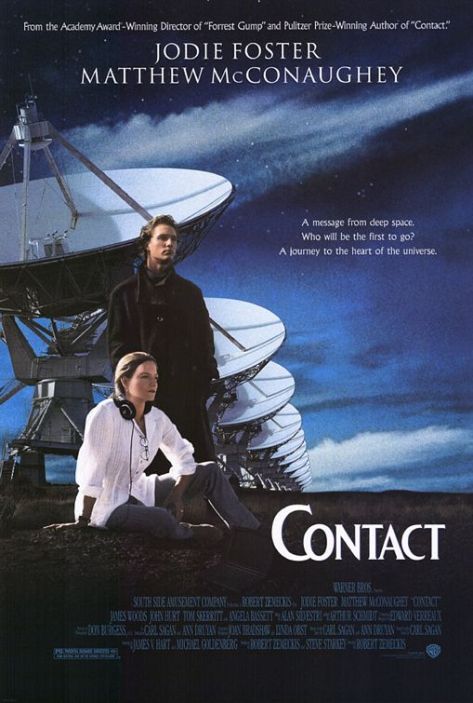
Photo 1: Poster for the movie ” Contact”
The movie is loosely based on the scientist Jill Tarter, and Tarter and Foster worked together for months preparing for the movie, working on accuracy and realism in Foster’s portrayal.
As a bit of background: “Tarter earned a Bachelor of Engineering Physics degree as an undergraduate at Cornell University and as the only woman in the engineering program. Her professional interest in astronomy emerged as she pursued a Master’s degree and PhD at the University of California at Berkeley.[5][6][7] It was in her PhD thesis where she coined the term “brown dwarf” while researching small-mass objects that fail to stably fuse hydrogen.” ( Wikipedia, Jill Tarter)

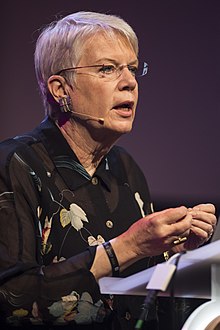
Photo 2: Professor Jill Tarter
In many ways, as a scientist myself, I have found this almost the perfect movie, as it envisions a strong role for Dr. Arroway which is neither male dependent, male focused, or male validated. In fact, in most of her interactions with both men and women, Arroway clearly uses the “oppositional gaze” as described by Bell Hooks, although from a more privileged position as a white woman. She is a strong role model, in that she does not waiver from her belief system, and believes in herself as a person with agency and the will to follow through on her belief system and her career choices.
Examples of her opposition gaze starts with some of her initial interactions with Palmer Ross, in which she clearly advocates for her belief system of “science”, while Palmer Ross advocates for “religion”, in the form belief in a god. Arroway shows no inclination to alter her belief system, and strongly maintains her positon, until a diathesis at the end, in which she has to integrate her belief in science with her own personal experience of having gone on a journey in time that even in the film is strongly doubted, with some possible evidence being an 18 minutes of silence taped while she was absent from contact with scientists on earth.
Synopsis of Film
Let me give a brief synopsis of the film, to provide some context for the ideas being examined in this blog. Ellie Arroway is a young scientist who became fascinated with the idea of extraterrestial life and space when her father and she developed the hobby of contacting various locations in the world via radi0
frequency, while simultaneously learning the planets and stars in the galaxy. He died when she was very young, and she went on to follow her interests in science, obtaining a Ph.d in aerospace, with a focus on SETI. She and Palmer Ross meet while she is on her first NSF project in Puerto Rico, and begin an ideological and personal romantic dance through time. Her Grant funded science project entails listening to radio sounds from space to determine a pattern indicating intelligent life.
However, the plug is pulled on the project by her boss and later nemesis. But just before Arroway and her team leave Puerto Rico, radio sounds are heard in the space region known as Vega. Arroway continues to seek funding, and eventually receives surprise funding from a reclusive multibillionaire, S.R. Hadden, who is known to support innovative projects. This funding allows Arroway and her team to continue to rent time on the Very Large Array (VLA) facility in New Mexico, which has 27 large radio antenna dishes for montitoring space. After several years if listening for further communication, a message is sent from Vega, which with much work is finally decoded as plans for a machine, presumably for space travel. Questions of faith continue to emerge during the film, as no one is sure what the plans for the machine are actually meant to build, or once built, what the machine will do.
However, because of paranoia about National Security, because Vega sends back an earlier message that was sent out with Hitler speaking at the Olympics (before he manifested the evil he is now known for) the government takes over, with James Woods as Michael Kitz,as the National Security Advisor. Kitz’s assistant, Rachel Constantine (Angela Basset) is the only other prominent woman character in the film.
The space travel machine is built in Cape Canavral. Arroway is thrwarted as the first space traveler by a selection committee in which Palmer Ross inquires about her belief in God. This raises consternation within the selection committe on whether she is representative of the country. Her sabotage nemesis and former boss instead is selected by telling the committee what it wants to hear, proclaming his belief in God. However, religious zealot Joseph (Jake Busey) blows up the spacecraft in Cape Canarval, believing space travel threatens religious beliefs.
Luckily, S.R. Hadden had already secretly built a second time travel machine, in which Arroway eventually travels through a worm hole to another dimension. However, the space craft never leaves earth, but there is an 18 minute recording of static, during the minute the capsule Ellie was in dropped to the ground. In the end, Arroway is forced to integrate that although there is no scientific proof of her journey, she still believes she traveled in time and talked with a space alien presented as the form of her father. The alien tells her this is the first step in the contact with other beings in the universe. Interestingly, the two main characters who find her story interesting and credible are Rachel Constatine and Palmer Ross.
This leads to my favorite quote of all time. When the movie first came out, I paused my VCR copy at least 20 times, writing out this quote:
“Senator: You come to us with no evidence, no record, no artifacts. Only a story that, to put it mildly, strains credibility… Are you really going to sit there and tell us that we should just take this all on faith?
Ellie Arroway: Is it possible that it didn’t happen? Yes. . . . As a scientist I must concede that. I must volunteer that.
Kitz: Then why don’t you simply withdraw your testimony and admit that this journey to the center of the galaxy, in fact, never took place?
Arroway: Because I can’t. I had an experience. I can’t prove it. I can’t just explain it. But everything that I know as a human being, everything that I am tells me that it was real. I was given something wonderful, something that changed me forever: a vision of the universe that tells us undeniably how tiny and insignificant and how rare and precious we all are. A vision that tells us that we belong to something that is greater than ourselves, that we are not – that none of us is alone. I wish I could share that emotion, that everyone, if even for one moment, could feel that awe and humility and that hope that I felt, but… that continues to be my wish.” ( Ellie ALloway, COntact, 1997.)
Analysis
There are many many more textures and levels to this movie, than the inital premise of a dialetical tension between science and religion. As noted earlier, I consider myself a scientist, with a MS in both Chemistry and Nursing. In this movie, Arroway is the only woman clearly presented as a scientist.
As Greg Smith noted in his article ” It’s just a movie”: ” Ok, we get a sense of what the directors concious intentions are, what ideological beliefs she gains from her socialization and what her unconscious issues are (an admittedly difficult process), then we have arrived at a well grounded, comprehensive description of what the film is trying to communicate, right” (p. 130)
In the context of what the directer is trying to convey, interestingly, there was a significant amount of conflict between writers, directors, and Carl Sagan, the very well know scientist who wrote the book “Contact”. Sagan and Ann Dryun (later to become his wife), wrote a 100 + page film treatment for the movie. Dryun explained:
“ Carl’s and my dream was to write something that would be a fictional representation of what contact would actually be like, that would convey something of the true grandeur of the universe.” Wikipedia, (Contact, 1997 Anerican Film).
However, the producer, Peter Gruber, wanted to make a very different story.
“Guber suggested that Arroway have an estranged teenage son, who he believed would add more depth to the storyline. Guber said:
“ Here was a woman consumed with the idea that there was something out there worth listening to, but the one thing she could never make contact with was her own child. To me, that’s what the film had to be about.” ( Wikipedia, 1997 American FIlm).”
Luckily this idea was trashed, primarily because Sagan and Dryun rejected it. Another director was hired, and the movie indeed became a model of a scientist in the 60’s. But was it representative? Did it do anything to support or encourage the role of women in science? As was noted in the movie, and in my experience in a BS and MS program in Chemistry, there were very few women in what was considered the “hard” sciences of chemistry, physics, math, and astrophysics in the 60’s, 50’s, indeed in any time before perhaps the mid-90’s, if even then.
I began college in 1970, and in my first year of chemistry classes, a beginning chemistry program for “advanced” students, I was the only woman. There were more women in the general chemisty classes, as pre-reqs for nursing, medicine, etc. But, by the time I arrived in the later chemistry degree related courses, there was only one other woman and me, from a probable degree pool of 25-30 students per grade level. Her goal was to become a chemistry teacher. My goal was to become a doctor, or pharmacologist. In the master’s program in chemistry, in which there were 12 of us, there were again only 2 women. My goals continued the same. The other woman wanted to do forensic chemistry. Interestingly, both women and I talked often, mostly about science, sometimes about Dungeons and Dragons, and sometimes about getting together for parties. I can definately say our relationships were collaborative, not competitive, and in fact in each relationship, we mutually indicated having another woman present in a sea of males was crucial to our making it through the programs.
As a side note on feminism at that time, which was still in it’s developing stage, women and relationships with other women were considered in a binary sense. Women helped and collaborated with other women, or they competed with them, or, in one case for me with an older woman scientist mentor, made sure other women had it as difficult as they had it with male mentors.
This paucity of women scientists in the 1970’s-1990’s coincides with the representation of women scientists in the film “Contact”. Is that sufficient to make it a feminist film? No. Does it support more women becoming scientists, yes. It demonstrates it is possible to have agency, a career, and make break throughs in science. Is that enough? Maybe, for the time period.
While reading another blog post, a class member (Mackpage88) mentioned the concept of the Bechdel test, in which:
1. Two women are in the film
2. The two women need to talk to each other
3. The two women need to talk to each other about something other than a man (“Bechdel Test”, 2018)
I iniitially thought about about “Contact”, and could remember no women scientists as being present in the movie. I later remember Arroway had asked for advice on finding a dress from another woman after one set of National Security meetings, and since the dress was to impress Palmer Ross, I was afraid the movie did not pass the Bechdel test. However, I did look into this further. It was representative of the times, but disappointing. Arroway did consult with another woman, Constantine,who was on the National Security Committee.
” Ellie Arroway : Mrs. Constantine? May I have a word with you?
Rachel Constantine : Certainly.
Ellie Arroway : Um, I have a big problem.
Rachel Constantine : Yes?
Ellie Arroway : Uh, do you know where I can find like a really great dress?(Contact (1997): Angela Bassett: Rachel Constantine,Wikipedia)
However, I then remembered someone on the security council had been supportive of Alloway. Interestingly, and not surprisingly, it was Rachel Constantine, the only other prominent female in the film.
Rachel Constantine : I assume you read the confidential findings report from the investigating committee.
Michael Kitz : I flipped through it.
Rachel Constantine : I was especially interested in the section on Arroway’s video unit. The one that recorded the static?
Michael Kitz : Continue.
Rachel Constantine : The fact that it recorded static isn’t what interests me.
Michael Kitz : [pauses] Continue.
Rachel Constantine : What interests me is that it recorded approximately eighteen hours of it.
Michael Kitz : [leans forward so he is looking directly in the camera] That is interesting, isn’t it? (Contact (1997): Angela Bassett: Rachel Constantine,Wikipedia)
As a result of these conversations, and attitudes, I can conclude “Contact” does not, or just barely passes the Bechedel test. I have also used my own “oppostional gaze” to evaluate the movie ” Contact”, using various readings from class. ” Contact” continues to be one of my favorite movies. It was also controversial in its time, using various news clips including one from President Clinton, and hiring CNN newscasters to provide authenticity to the movie.
This is deliberate designing of the appearance of a documentary is similiar to a technique discussed in class about films, in which various techniques are used to make a film seem more like a documentary. And indeed, these clips do make the film have more of a sense of being authentic, and in that sense support the notion of strong women scientists with a good sense of agency as a possibility.
I learned something I had not been aware of while researching this film; that Alloway was based on a real life person, Jill Tarter. Indeed there were leaders in the field science already doing good work when I thought I was one of the few women in science. A movie like ” Contact” does keep on giving, in this sense, as I continue to learn more and more about women who were and are active scientists, but just not represented in the media.
It also still strongly supports one of my premises, that in works of science fiction, the structures of reality may or may not be represented, but often there is thinking outside of the “reality” box. Characters can take on different roles, characters can begin to write “future texts” (Cartier, Summer 2014)of how we would like to see many more women in society.
Future blog topics that bear further investigation include: women in science: hard science versus “soft science”, does filmography that may be representative of an era in a specific segment of time do justice to women and feminists, or are many women scientists kept behind the scenes; impact of mainstream movies such as ” Contact” on the feminist movement; the role of black women in science.
References
Cartier, Nina. “Black Women on Screen as Future Texts: A New Look at Black Pop Culture Presentations”. Cinema Journal, VOl 53, Number4, Summer 2014, pp. 150-157.
Hooks, Bell. (2202)” The Oppositional Gaze: Black Female Spectators”.In Black Looks: Race and Representation, 115-131.
Mulvey, Laura(1975) ” Visual Pleasure and Narrative Cinema.” Screen 16,6-18.
Smith, Greg. (2001). ” It’s just a Movie”. A Teaching Essay for Introductory Media CLasses.” Cinema Journal 41(1), 127-134.
“Contact:1997. Angela Bassett: Rachel Constantine”.Wikipedia, Wikimedia Foundation, 25 Oct. 2018. https://en.wikipedia.org/wiki/Angela_Bassett
“Bechdel Test.” Wikipedia, Wikimedia Foundation, 24 Oct. 2018,
https://en.wikipedia.org/wiki/Bechdel_test.
“Contact (1997 An American Film. Wikipedia, Wikimedia Foundation, 25 Oct, 2018. https://en.wikipedia.org/wiki/Contact_(1997_American_film)
” Jill Tarter” .Wikipedia, Wikimedia Foundation, 24 Oct. 2018,
https://en.wikipedia.org/wiki/Jill_Tarter
References from: “Contact (1997 An American Film. Wikipedia, Wikimedia Foundation, 25 Oct, 2018. https://en.wikipedia.org/wiki/Contact_(1997_American_film)
Carl Sagan (October 1985). Contact: A Novel. New York City: Simon and Schuster. p. 432. ISBN 0-671-43400-4.
“Ann Druyan”. Warner Bros. Archived from the original on 2000-10-18. Retrieved 2009-02-01. Carl and I wrote the more than 100-page treatment in November of 1980…”
References from ” Jill Tarter” .Wikipedia, Wikimedia Foundation, 24 Oct. 2018,
https://en.wikipedia.org/wiki/Jill_Tarter
“EASTCHESTER HS/Alumni Association HALL OF FAME INDUCTEES” (PDF). Retrieved 22 February 2018.
Scoles, Sarah (2017). Making Contact: Jill Tarter and the Search for Extraterrestrial Intelligence. New York, NY: Pegasus Books. ISBN 9781681774411.
Cosier, Susan. “10 Questions for Jill Tarter, Astronomer”. Science Friday. Science Friday Initiative. Retrieved 6 February 2018.
Koren, Marina. “Jill Tarter, Feminist Cosmic Icon”. The Atlantic. Hayley Romer. Retrieved 6 February 2018.









